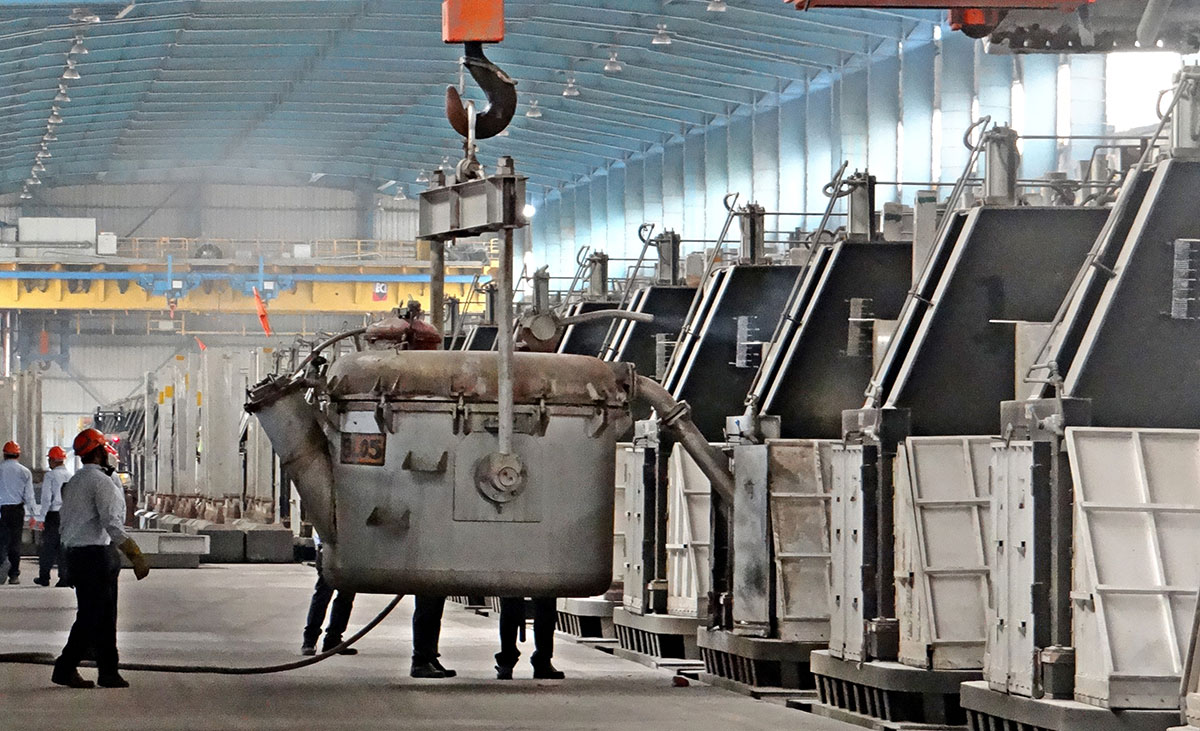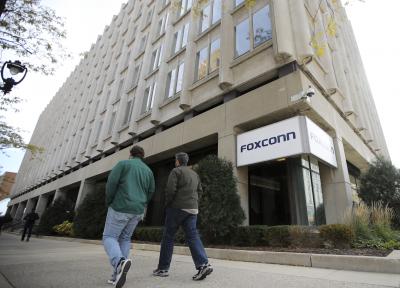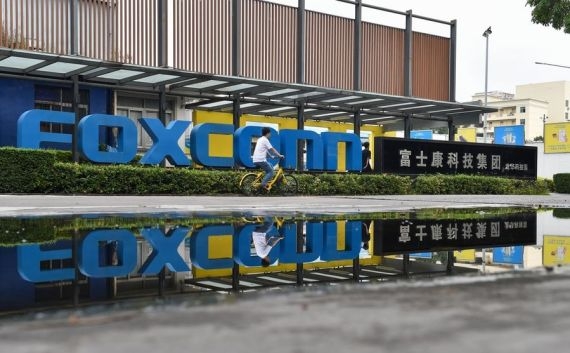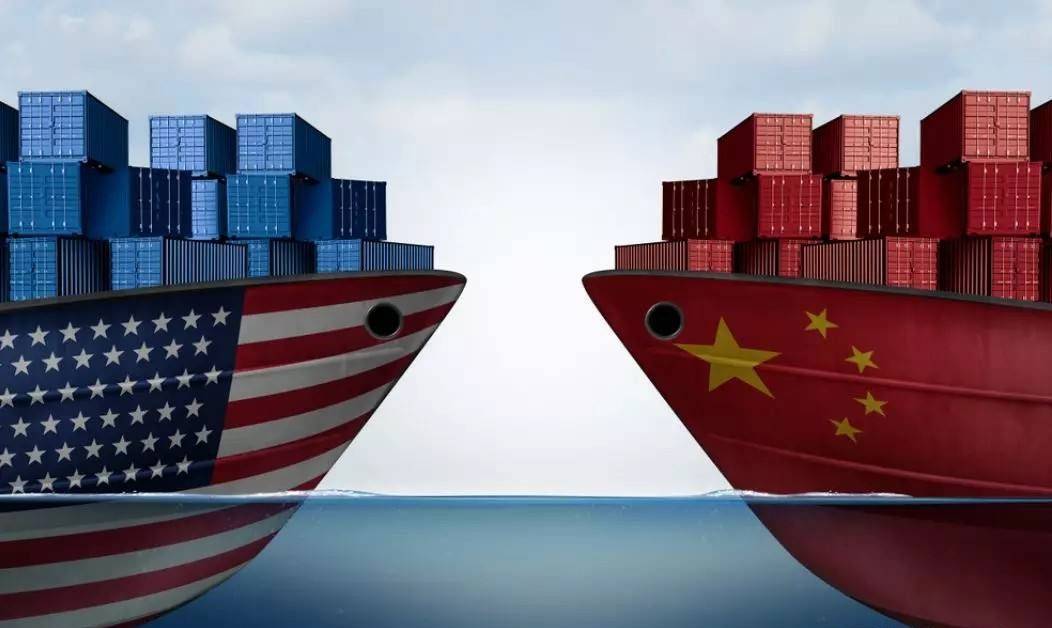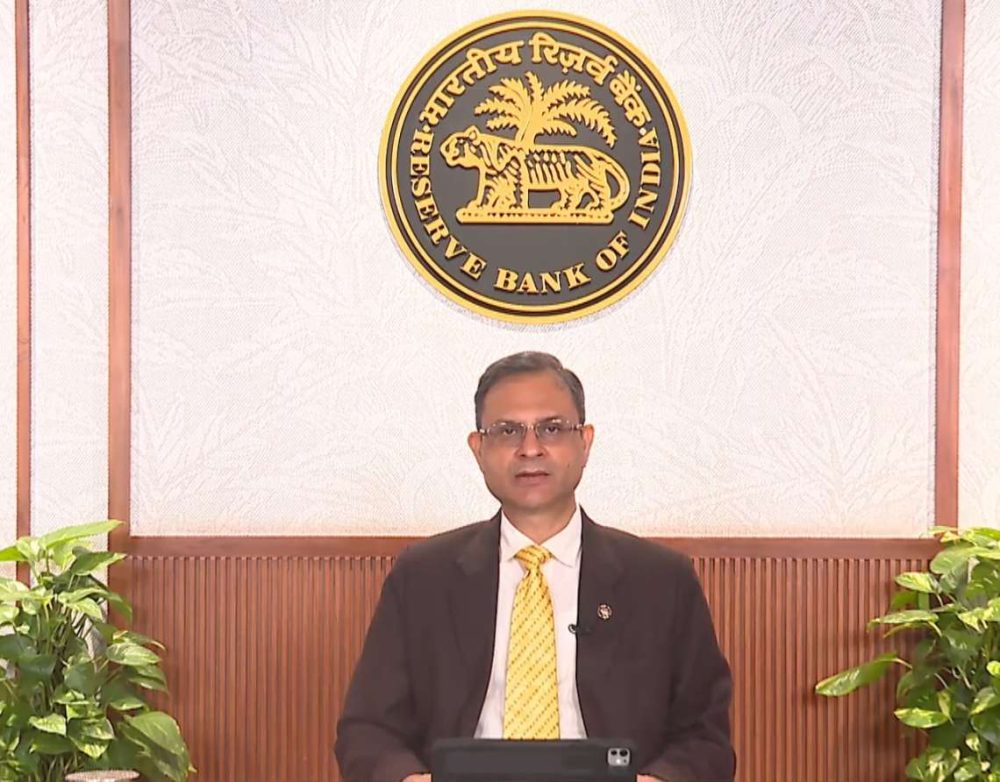Foxconn stated that it had worked with Vedanta for more than a year, but they had mutually decided to end the joint venture…reports Asian Lite News
Why did the storied Foxconn-Vedanta deal come a cropper? Why has the $19.5 billion investment fallen through in a strange sort of anti-climax? Vedanta and Foxconn had got on board STMicro for licensing technology, but the government had made it clear that it wanted the European chipmaker to have “more skin in the game”, which translates into a stake in the partnership.
For Vedanta to pony up, it required to find a suitable boy, i.e., the right technical partner for 20-28 nm size chips, in time, and Foxconn eventually pulled out (the “most advanced” chips are around 5 nm).
Foxconn stated that it had worked with Vedanta for more than a year to bring “a great semiconductor idea to reality”, but they had mutually decided to end the joint venture and it will remove its name from an entity that is now fully-owned by Vedanta.
Vedanta, on its part, said that it reiterates that it is fully committed to its semiconductor fab project and “we have lined up other partners to set up India’s first foundry. We will continue to grow our semiconductor team, and we have the licence for production-grade technology for 40 nm from a prominent Integrated Device Manufacturer (IDM). We will shortly acquire a licence for production-grade 28 nm as well”.
Vedanta has redoubled its efforts to fulfil the Prime Minister’s vision for semiconductors and India remains pivotal in repositioning global semiconductor supply chains. Which sounds like a marriage gone sour.
Sources close to developments also revealed that concerns about incentive approval delays by the Union government had contributed to Foxconn’s decision to pull out of the venture. The government had raised posers on the costing provided to request incentives from the government. The government has also decided to keep open the $10 billion financial incentive scheme with a 50 per cent subsidy on investments for making semiconductors in India for potential applicants.
From the government side – “It was well known that both companies had no prior semiconductor experience or technology and were expected to source technology from a partner”, Union minister Rajeev Chandrasekhar tweeted.
Vedanta and Foxconn had signed agreements in September 2022 to invest $19.5 billion to set up semiconductor and display production plants in Gujarat.



